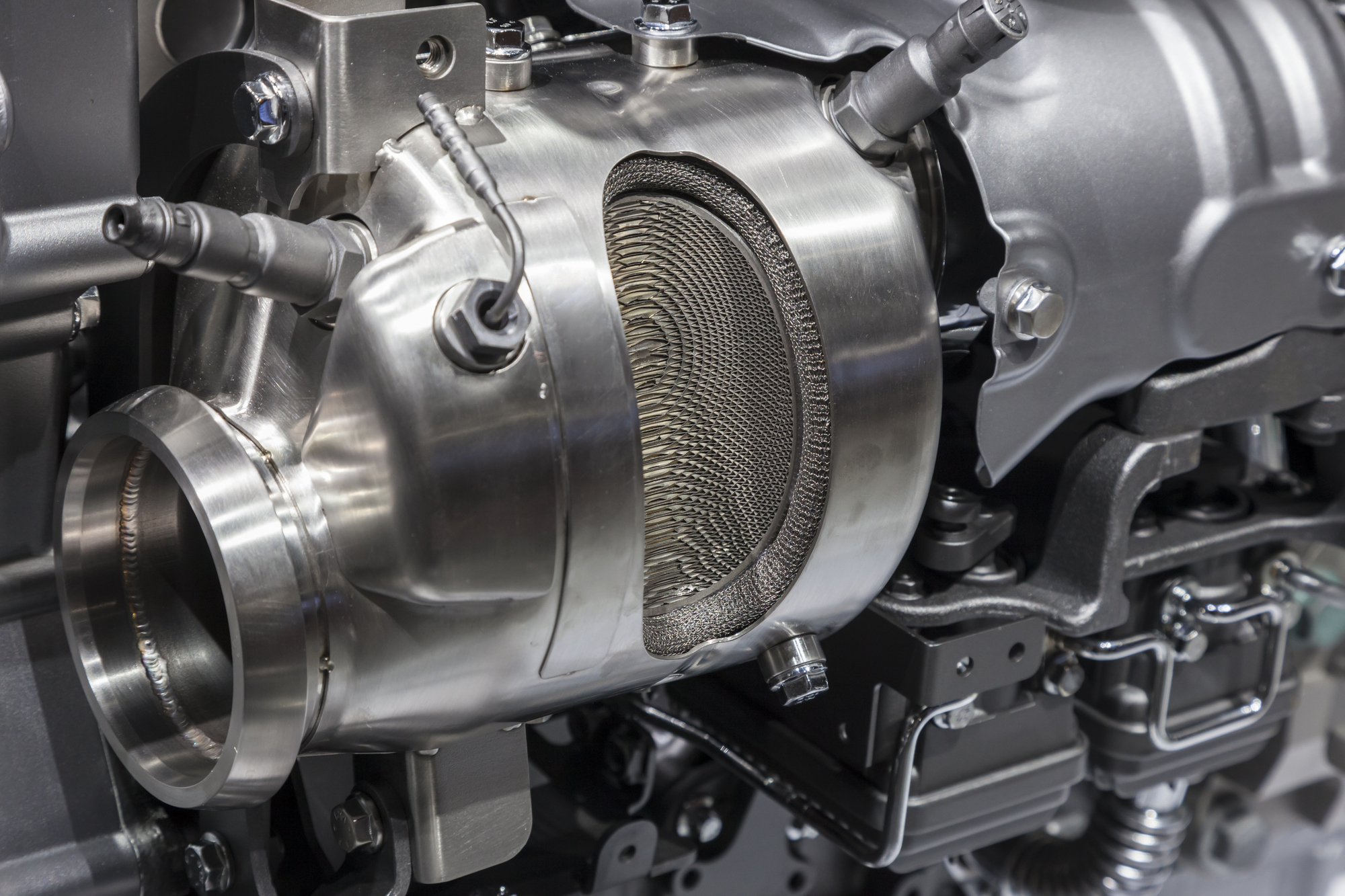According to law enforcement officials, car owners across the United States are dealing with stolen catalytic converters thanks to the surge in thefts. This crucial car part is in demand by thieves because they contain rhodium platinum, and palladium. These precious metals help support the conversion of hazardous exhaust released by the engine into less toxic gases. As the value of precious metals contained in catalytic converters continues to go up, so do the thefts.
Why Are Catalytic Converter’s Being Stolen?
A stolen catalytic converter can fetch over $100, depending on the model of the vehicle and whether it is an OEM (original equipment manufacturer) part. Thieves typically use a wrench or saw to remove it, based on if the catalytic converter is welded or bolted in place. Unfortunately, the theft of catalytic converters has become quite common, and they are expensive to replace. Worse, replacement OEM parts can take months to get in due to the resulting shortage because of the rising theft cases.
First Thing to Do if You’re Facing a Stolen Catalytic Converter
The first thing car owners should do if their catalytic converter has been stolen is call the police, followed by contacting their car insurance company. Comprehensive insurance (offers a higher level of coverage) typically covers stolen catalytic converters. The deductible will also apply if it is included in your coverage.
How to Avoid Theft
Preventing catalytic converter theft is something that you should consider. It takes seconds for thieves to remove a catalytic converter from certain vehicles. The cost to fix the damage can be in the thousands, especially if they cut through O2 sensors. The following recommendations can help you avoid ending up with a stolen catalytic converter and costly repairs in the thousands:
- Install a catalytic convertor lock, also called a CatStrap. This physical lock contains multiple aircraft-grade steel cables hidden within a high-temperature casing that is attached to your catalytic converter and exhaust system. It takes multiple blades and a significant amount of time to successfully cut through the strap. We’ve installed many of these lately.
- Purchase a catalytic convertor siren, also called a CatEye. This type of device is a smart controller that activates a siren if it senses someone under your vehicle
- Install a shield. A plate of thin wall metal provides a physical barrier that is designed to prevent access to the catalytic converter.
- Purchase a wire cage. A wire cage consists of a pair of clamps on either side of the converter that retain a series of cables routed around the frame.
- Have the VIN (vehicle identification number) etched onto the catalytic converter. Applying the VIN can help warn a scrap dealer that it was stolen, also making it easier to identify the vehicle’s owner.
- Have your vehicle’s alarm system calibrated to go off if it’s in park and detects vibration. Park your vehicle in well-lit locations, near building entrances, or in a garage.
Costs for Replacing a Stolen Catalytic Converter
While the cost of the catalytic converter itself may not be that high, repairing the vehicle could end up being thousands depending on the damage caused by the thieves. The cost of the part and repair can also vary based on the year, make, and model of the vehicle. If your car is under the manufacturer’s warranty, be sure to get the work done with OEM parts to ensure your warranty remains valid.
Understanding when and why your car might be a target for catalytic converter theft is the key to preventing it. By following the protective actions listed here, you can help discourage thieves from targeting your vehicle.
To learn more about catalytic converter replacement or theft deterrents in Phoenix, contact us today.







Join the discussion 4 Comments